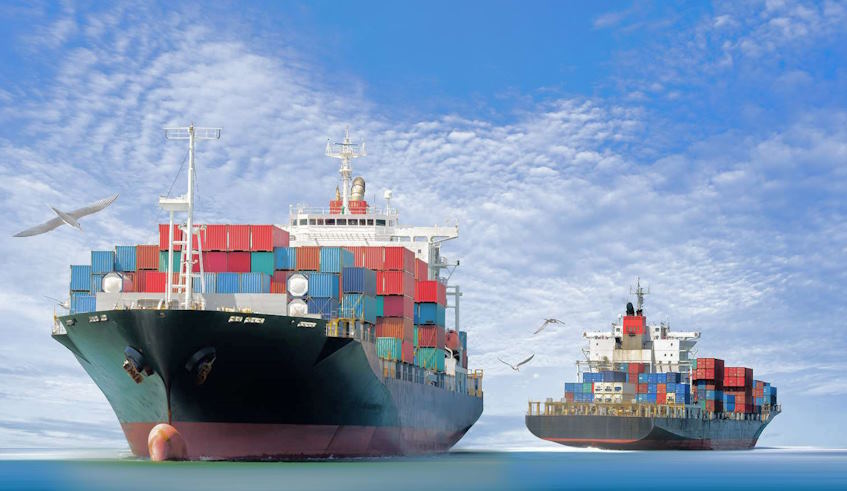In today’s interconnected and interdependent global economy, trade blocs have emerged as powerful catalysts shaping regional and international trade dynamics. These economic partnerships, formed through preferential trade agreements, free trade areas, and customs unions, have profoundly impacted the flow of goods, services, and investments among member countries. From fostering economic integration to addressing geopolitical challenges, trade blocs have played a pivotal role in promoting regional cooperation and influencing the course of global commerce.
Types of Trade Blocs
Trade blocs are instrumental in shaping the landscape of international commerce, and they come in various forms, each serving unique purposes and objectives. In this section, we will explore the three main types of trade blocs: Preferential Trade Agreements (PTAs), Free Trade Areas (FTAs), and Customs Unions.
Preferential Trade Agreements (PTAs):
Unlike FTAs, PTAs do not aim to achieve complete free trade among participating countries. Instead, they provide preferential treatment to member countries, granting them more favorable access to each other’s markets. PTAs foster economic cooperation and create a conducive environment for increased trade among members, leading to potential gains in efficiency and competitiveness.
Examples of PTAs around the World:
One notable example of a PTA is the ASEAN Free Trade Area (AFTA), which includes ten Southeast Asian nations. AFTA has successfully reduced tariffs among its member countries, promoting intra-regional trade and economic growth. Another significant PTA is the Australia-New Zealand Closer Economic Relations Trade Agreement (CER), which has been pivotal in strengthening the economic ties between the two countries.

Free Trade Areas (FTAs):
Free Trade Areas go beyond PTAs by aiming to eliminate all or most trade barriers among member countries. By doing so, FTAs create an environment of true free trade within the bloc. Member countries can trade with each other without facing the hindrance of tariffs or quotas, promoting greater market access and enhancing economic cooperation.
Analysis of Major FTAs and Their Impact:
One of the most prominent FTAs is the European Free Trade Association (EFTA), comprising Iceland, Liechtenstein, Norway, and Switzerland. EFTA has significantly bolstered trade among its member states, promoting economic integration and attracting foreign investment. Another noteworthy FTA is the United States-Mexico-Canada Agreement (USMCA), replacing NAFTA, which seeks to modernize and streamline trade among the North American countries, fostering increased competitiveness and harmonization of regulations.
Customs Unions:
Customs Unions take FTAs to the next level by not only eliminating internal trade barriers but also establishing a common external trade policy. Member countries adopt a unified approach to trade with non-member countries, applying the same tariffs and trade regulations. This cohesive front enhances the bargaining power of the customs union in international trade negotiations and ensures a level playing field for all members.

Trade Blocs in a Changing World
As the world faces unprecedented challenges and undergoes transformative shifts, trade blocs find themselves at the center of dynamic changes in the global economic landscape. In this section, we will explore how trade blocs are adapting to the impact of global events, the prospects for their expansion or integration, and the implications these changes have for businesses and trade strategies.
The Impact of Global Events (e.g., Pandemics, Geopolitical Tensions):
Global events, such as pandemics like the COVID-19 crisis and escalating geopolitical tensions, have had profound effects on trade blocs. The pandemic highlighted vulnerabilities in global supply chains and emphasized the importance of regional resilience. As a response, trade blocs have sought to enhance regional production capabilities and diversify supply sources within their membership. Geopolitical tensions have also influenced trade bloc dynamics, leading to shifts in alliances and an increased focus on strengthening economic ties with like-minded partners.
Prospects for Expanding or Integrating Trade Blocs:
In a changing world, trade blocs are exploring new prospects for growth and collaboration. Some trade blocs are considering expansion to include new members, while others are seeking deeper integration through the creation of customs unions or common markets. Additionally, there are discussions about forming larger inter-regional trade agreements to bridge different trade blocs and foster greater economic cooperation between regions.

